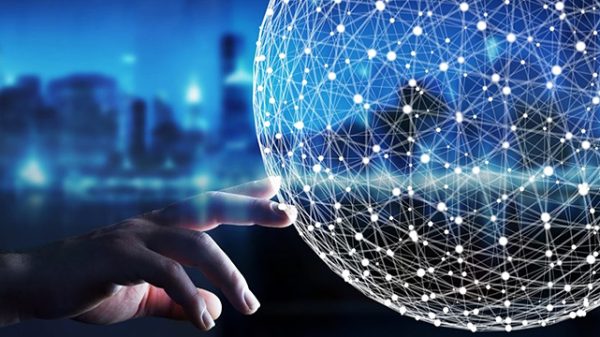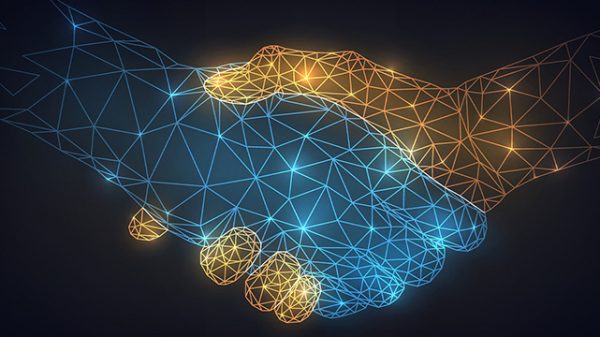From smart factories and connected cars to real-time health monitors, everything’s getting wired in. But building all this tech? It takes serious talent.
The Internet of Things is on track to become a $1.6 trillion industry, packed with potential. But the talent needed to fuel that growth? Not enough of it—especially locally.
That’s where immigration enters the chat.
With the right policies, countries like the U.S. could tap into a global pool of engineers, developers, and data scientists—people who can turn IoT ideas into actual products. Without it, innovation slows down before it even starts.
This intersection of tech and immigration represents one of the biggest opportunities (and challenges) ahead for the future of connected living. Here’s why:
1. How IoT is Creating New Job Opportunities
The IoT is transforming entire industries, and that transformation is opening doors for tech professionals with the right skills across the whole world.
Take healthcare, for example. Remote monitoring tools (like the one that tracks your heart rate in real time) have been on a steady rise since telemedicine took off. Some devices can even detect irregular rhythms and alert doctors before a serious issue happens.
Behind these tools? Developers, data analysts, and engineers who understand how to turn raw health data into life-saving insights.
Then, in manufacturing, sensors are now tracking everything from machine temperature to productivity levels. This translates into factories that are smarter, safer, and more efficient.
It also means more demand for IoT architects, embedded system engineers, and technicians who know both the tech and the workflow.
The same goes for other industries as well:
In transportation, fleet management’s been revolutionized. IoT tracks vehicle performance, fuel use, and driver habits. That takes solution engineers, network engineers, and serious backend brainpower.
In agriculture, farmers are now using smart soil sensors to know exactly when and where to water or harvest. This kind of precision farming is made possible by IoT developers and systems admins who get both data and dirt.
In retail, smart shelves, personalized shopping apps, and real-time inventory tracking are all powered by IoT —and the developers and safety engineers who keep it all running.
Bottom line? For tech talent—especially those looking to immigrate or relocate—IoT isn’t just a trend.
It’s a booming job market with global impact, and with the industry projected to hit $1.6 trillion anytime now, it’s only just getting started.
2. Immigration Policies and Their Impact on Attracting and Retaining Tech Talent
Let’s be real—America’s tech dominance wasn’t built in a vacuum. It was built by people, and many of them are immigrants.
Take Sergey Brin, who co-founded Google after immigrating from Russia as a kid. Or Fei-Fei Li, born in China, now one of the most influential minds in AI. She helped lead Stanford’s AI lab and co-founded AI4ALL, a nonprofit that mentors underrepresented students in artificial intelligence.
And these aren’t just individual success stories. They’re the ripple effect of smart immigration policy—one that welcomed talent and let it flourish.
But unfortunately, that pipeline is cracking now.
Currently, U.S. immigration policy around high-skilled tech workers is messy at best and restrictive at worst. The H-1B visa system, which was supposed to bring in specialized talent, has become a lottery—literally.
In 2024, over 780,000 applications were submitted for just 85,000 spots. That means companies trying to hire brilliant AI or IoT developers are often left with…nothing.
And when you add in long green card wait times—especially for workers from countries like India—you get a recipe for brain drain.
Overall, skilled professionals are leaving for countries with more welcoming immigration policies. Canada, Germany, and even the UAE are swooping in with smoother paths and startup-friendly visa programs.
The U.S. needs AI and IoT professionals now. The global tech race is heating up, and talent goes where it’s wanted. If the U.S. doesn’t fix its bottlenecks—doesn’t actively frame immigration policy as a growth tool—it risks falling behind.
3. The Role of Immigration Lawyers in Turning Tech Talent into Real Hires
Since knowing how to code a neural network doesn’t mean you know how to navigate the U.S. immigration system, here’s how an immigration lawyer can help you make the most of these restrictive immigration policies:
H-1B caps are brutal, and STEM OPT timelines are tight. And don’t get us started on green cards—some applicants from India and China are stuck in backlogs that span decades. Immigration lawyers help cut through that chaos. They know how to position candidates strategically—turning what looks like a blocked path into a backdoor opportunity.
An immigration lawyer can guide your employer—especially if it’s a startup—through the maze of compliance, timelines, and documentation that would otherwise kill the hire before it even happens. Want to retain that brilliant F-1 intern after graduation? A lawyer can help convert their STEM OPT into an H-1B or advise on alternatives if that lottery doesn’t pan out.
Immigration lawyers are also the ones pushing for better policy interpretation—arguing cases that expand how existing rules are applied. They’re the bridge between what the law says on paper and what’s actually possible in practice.
In other words, in a world where policy hasn’t caught up with innovation, immigration lawyers connect the dots between human potential and policy complexity.
Conclusion
In the end, immigration is essential for bridging skill gaps and fueling economic growth, especially in high-demand sectors like IoT.
But until immigration policies catch up with the demand for tech professionals, immigration lawyers will continue to play a huge role in helping tech talent navigate complex visa systems and turning challenges into opportunities.
Without their expertise, the talent needed to push the IoT revolution forward might never make it past the paperwork.
The post The Intersection of IoT and Immigration: Opportunities for Tech Talent appeared first on IoT Business News.
















